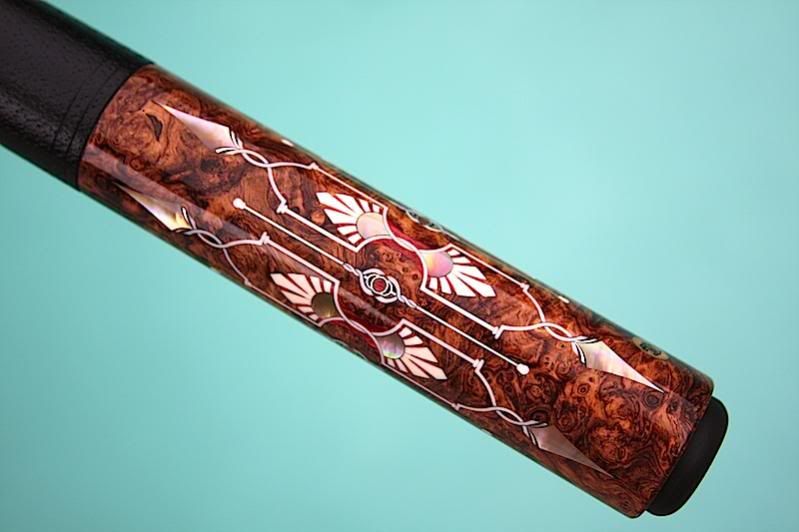Break Jump
Rick Howard. I rember when he made the first one. He was sitting and thought there are break cues and jump cues. Then he said to himself it would be cool to have one cue that did both. Then he built one.
Everyone and their brother has made them since.
Nick
Rick Howard. I rember when he made the first one. He was sitting and thought there are break cues and jump cues. Then he said to himself it would be cool to have one cue that did both. Then he built one.
Everyone and their brother has made them since.
Nick
Last edited:


